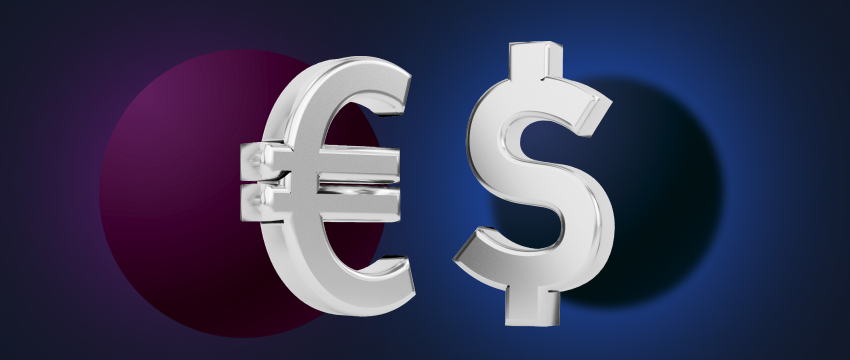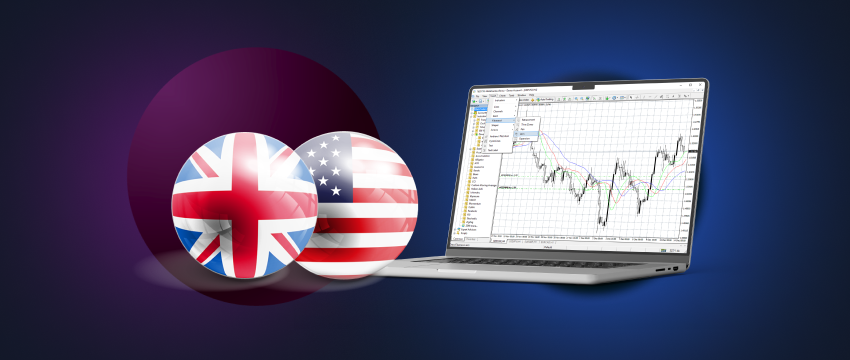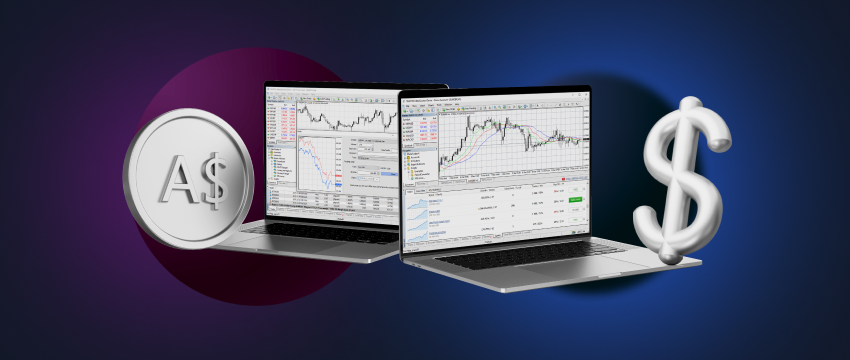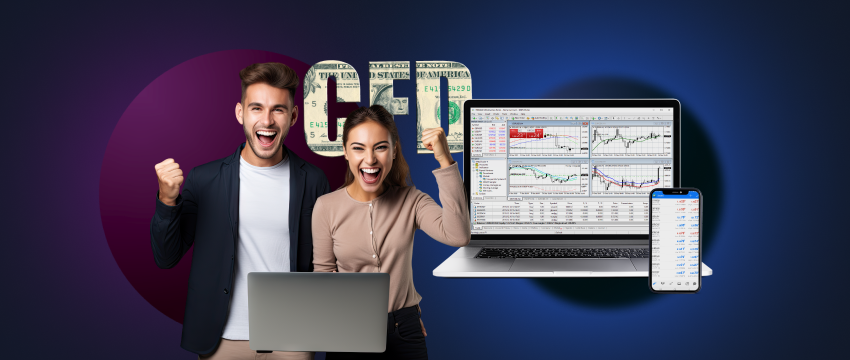Let’s start by examining what forex currency pairs are. The value of one currency is measured against another using currency pairs, which are accessible in the forex market.
The currency pair consists of two parts: the second currency, also known as the “quote” currency, and the first currency, referred to as the “base” currency. The price indicates the amount of the quote currency required to purchase a single unit of the base currency.
With daily currency trades worth over $7.5 trillion, the foreign exchange market, sometimes known as the currency or forex (FX) market, is the biggest and most liquid financial market in the world. Pairs trading is the most common type in forex.
This is so because trading forex involves buying and selling currencies at the same time. As an instrument that traders can buy or sell, the foreign currency pair itself can be considered as a single unit. Examples are the British pound and the Japanese yen (GBP/JPY) or the euro and US dollar (EUR/USD).
What is trading in currencies about?
As already mentioned, the base is the first currency in a forex pair. When a trader speculates on the direction of a currency pair, they are making an assumption about the base currency. The additional currency in a currency pair is known as the quote or counter currency. Trading currencies involves two components.
For instance, if you purchase the pound against the US dollar (GBP/USD), you place your money on the pound to gain value at the US dollar’s expense. In forex trading, profit and loss are usually expressed in terms of the value of the secondary currency.

1. Major pairs: What are they?
In the forex (FX) market, the four most traded currency pairs are known as the major pairs. Currently, the four main pairs are the:
- USD/EUR
- USD/JPY
- USD/CHF
- USD/GBP
These four major currency pairs belong to the Group of Ten (G10) currency group and are deliverable currencies. Even though they significantly contribute to the volume of economic transactions, traders frequently exchange these currencies for speculative purposes.
Market participants widely consider the most heavily traded major pairs as the driving forces behind the global forex market. While many believe there are only four major pairs. Some traders argue that we should also consider the USD/CAD, NZD/USD, and AUD/USD pairs as majors.
These three pairs belong to a category called “commodity pairs.”
As seen the USD, EUR, GBP, JPY, and CHF are the five currencies that comprise the major pairs, and as of 2021, they are all in the top seven most traded currencies. The USD/CAD, AUD/USD, and NZD/USD trading volumes will frequently surpass those in the USD/CHF and occasionally the GBP/USD because of their economies based on commodities.
2. Reasons for trading the major pairs
Greater volume usually draws greater volume. This is because spreads between the ask and bid prices typically narrow as volume increases. The volume of the major pairs is high.
As a result, they typically have lower spreads than exotic pairs and draw the greatest number of traders, maintaining a high volume.
Large position sizes and easy entry and exit from the market are two more benefits of high volume for traders. It could be more challenging to buy or sell a big position in lower volume pairs without significantly moving the price.
A higher volume also means that more people are ready to purchase or sell something at any given moment, which reduces the likelihood of slippage or the amount of slippage that does occur.
That is not to argue that major pairs cannot experience significant slippage. It can, but not nearly as much as in exotic pairs that are rarely traded.
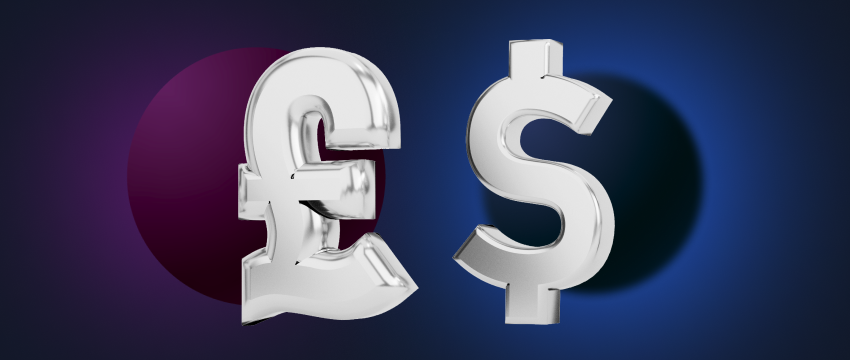
3. What impacts major currency pairs’ rates?
Supply and demand, shifts in overnight rates of interest by central banks, economic data, and political developments are the primary fundamentals that impact currency pairs.
Interest Rates
- Preserving financial and monetary stability is the responsibility of central banks. They achieve this through affecting interest rates. When a central bank raises its overnight interest rate, traders and investors want to buy the higher yield, which makes the currency appreciate in value against other currencies. As a result, there is an increase in demand for the currency.
Economic Data
- Traders refer to reports that provide an overview of a country’s economic performance as economic releases. The purchasing managers index (PMI), retail sales, GDP, non-farm payrolls (employment data), retail prices, and CPI (inflation) data are some of the significant economic indicators that affect exchange rates.
Politics
- Trade wars, elections, scandals involving corruption, and policy changes all create instability, which the foreign exchange market reflects. The economy is subject to government influence, which can increase or decrease the relative value of a currency.
변동성
- Generally speaking, traders take larger positions on relatively stable currencies and smaller positions on more volatile ones. Any of these pairs could experience volatility at any time as a result of sudden fluctuations in interest rates, significant shifts in the outlook for the economy, or unstable political conditions. It’s critical to follow the markets-specific pages for the most recent information and analysis.
Supply & demand
- Since all of the major pairs’ currencies are free-floating, supply and demand determines how much each one is worth. Central banks may intervene to regulate prices, but usually only in order to keep them from increasing or decreasing to the point where they could have a negative impact on the economy.
Each nation’s fundamental or economic circumstances, interest rates, projections for the nation and currency in the future and existing positions. All of which must eventually be liquidated affecting supply and demand.
4. How to trade the majors
- Do your homework on the forex pair you wish to trade.
- Investigate that forex pair using technical and fundamental analysis.
- Select a forex trading approach and confirm that the level of risk you are comfortable with.
- Open an account and add money.
- Start, keep track of your trades and exit your initial position.
Major currency pair quote example
Since so many traders are placing orders every second, currency prices are always fluctuating. A currency quote displays the current rate. This is especially true for majors. The EUR/USD exchange rate might be 1.15, indicating that you need $1.15 to purchase €1.
The euro has gained value if the rate rises to 1.20 since it currently costs more dollars, $1.20, to buy €1. In the event that the exchange rate falls to 1.10, the US dollar will have gained value or the euro will have lost value.
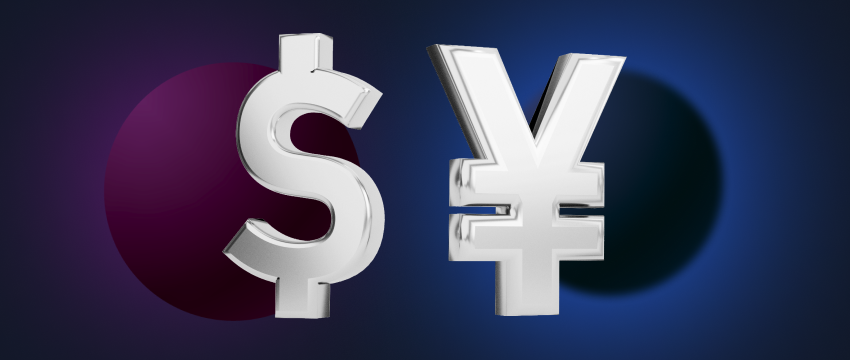
Tips for trading currency pairs
Trading in the forex market requires consistency and discipline. Here are some tips to help you get started in forex trading:
Select liquid currency pairs like the EUR/USD or the USD/JPY if you’re new to forex trading. After that, examine the technicals and fundamentals until you understand what influences the movement of the currency pairs. When trading currencies, figuring out the right leverage is crucial. Many inexperienced forex traders blow up their accounts due to overuse of leverage.
Traders who want to stay consistent and disciplined can benefit from using a forex trading strategy. This may increase revenue and discourage actions that result in losses.
Stay ahead of market trends and news by reading blog articles, eBooks, webinars, economic calendar and more.
Select the trading period that best fits your requirements. Depending on which type of trading most interests you, you can choose between swing, day, or scalping trading.
Disclaimer: This material is for general informational and educational purposes only and should not be considered investment advice or an investment recommendation. T4Trade is not responsible for any data provided by third parties referenced or hyperlinked in this communication.
